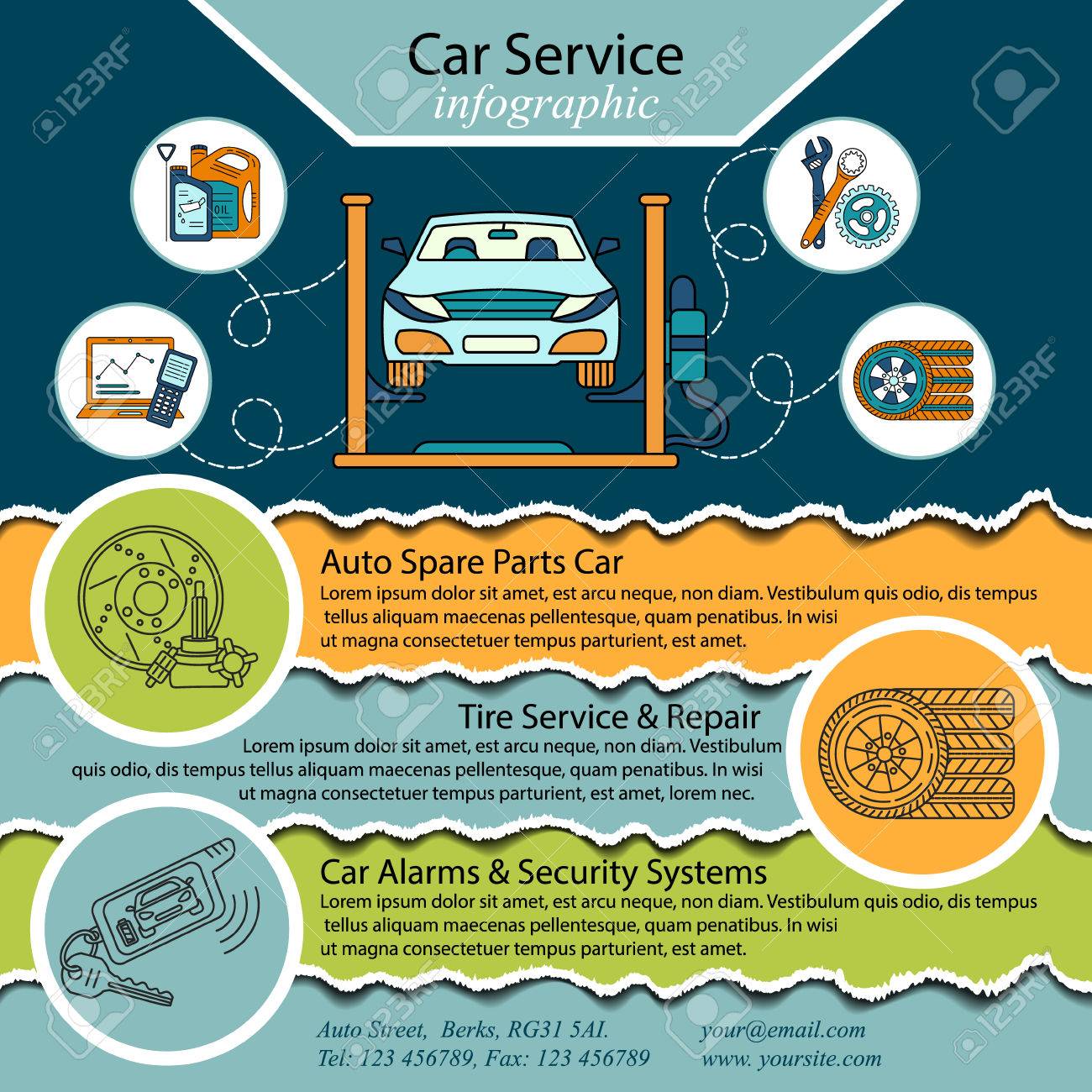Translating Your Vehicle'S Alert Lights: Their Real Implications
Translating Your Vehicle'S Alert Lights: Their Real Implications
Blog Article
Web Content By-Lauritsen Shepherd
When you lag the wheel, those beautiful caution lights on your control panel can be a bit puzzling. Do car wax understand what they're attempting to tell you regarding your automobile's health and wellness? Understanding the relevance of these lights is crucial for your safety and security and the longevity of your automobile. So, the following time among those lights pops up, wouldn't you want to analyze its message properly and take the essential actions to resolve it?
Common Warning Lighting and Interpretations
Recognize typical warning lights in your cars and truck and understand their significances to make sure risk-free driving.
One of the most normal warning lights consist of the check engine light, which signals problems with the engine or exhausts system. If this light begins, it's vital to have your vehicle checked quickly.
The oil pressure alerting light suggests reduced oil stress, requiring immediate attention to stop engine damages.
A blinking battery light could suggest a faulty charging system, possibly leaving you stranded otherwise addressed.
The tire stress surveillance system (TPMS) light signals you to low tire stress, impacting lorry security and gas effectiveness. Neglecting this can bring about unsafe driving conditions.
The ABS light indicates an issue with the anti-lock braking system, jeopardizing your capability to stop swiftly in emergencies.
Lastly, the coolant temperature cautioning light warns of engine overheating, which can result in severe damages otherwise fixed promptly.
Recognizing these usual caution lights will aid you attend to issues immediately and maintain risk-free driving problems.
Significance of Prompt Focus
Recognizing the common caution lights in your vehicle is just the initial step; the significance of immediately resolving these warnings can't be stressed sufficient to guarantee your security when driving.
When a warning light brightens on your dashboard, it's your car's way of connecting a prospective issue that needs focus. Disregarding these warnings can result in more severe problems later on, compromising your safety and potentially costing you extra out of commission.
Motivate focus to advising lights can protect against breakdowns and mishaps. As an example, a blinking check engine light could indicate a misfire that, if left ignored, can create damages to the catalytic converter. Addressing this quickly can save you from a costly repair work.
Likewise, a brake system cautioning light may signal low brake liquid or worn brake pads, critical parts for your safety and security when driving.
Do It Yourself Troubleshooting Tips
If you discover a warning light on your control panel, there are a few DIY troubleshooting ideas you can try prior to looking for specialist aid.
The initial step is to consult your car's manual to comprehend what the details caution light shows. Sometimes the problem can be as straightforward as a loose gas cap activating the check engine light. Tightening up the gas cap may deal with the issue.
An additional typical concern is a reduced battery, which can trigger various alerting lights. Inspecting the battery links for rust and ensuring they're safe and secure could deal with the trouble.
If a caution light lingers, you can attempt resetting it by detaching the vehicle's battery for a couple of minutes and then reconnecting it. Additionally, checking https://www.ky3.com/2022/01/11/auto-body-shops-ozarks-report-delays-scheduling-repairs-partly-due-supply-chain-issues/ , such as oil, coolant, and brake liquid, can aid troubleshoot warning lights connected to these systems.
Final thought
To conclude, recognizing your car's warning lights is essential for maintaining your car running efficiently and safely. By quickly attending to these signals and understanding what they indicate, you can avoid pricey repairs and potential breakdowns.
Keep in mind to consult your auto's handbook for particular details on each cautioning light and act appropriately to make sure a trouble-free driving experience.
Stay notified, stay secure when traveling!
